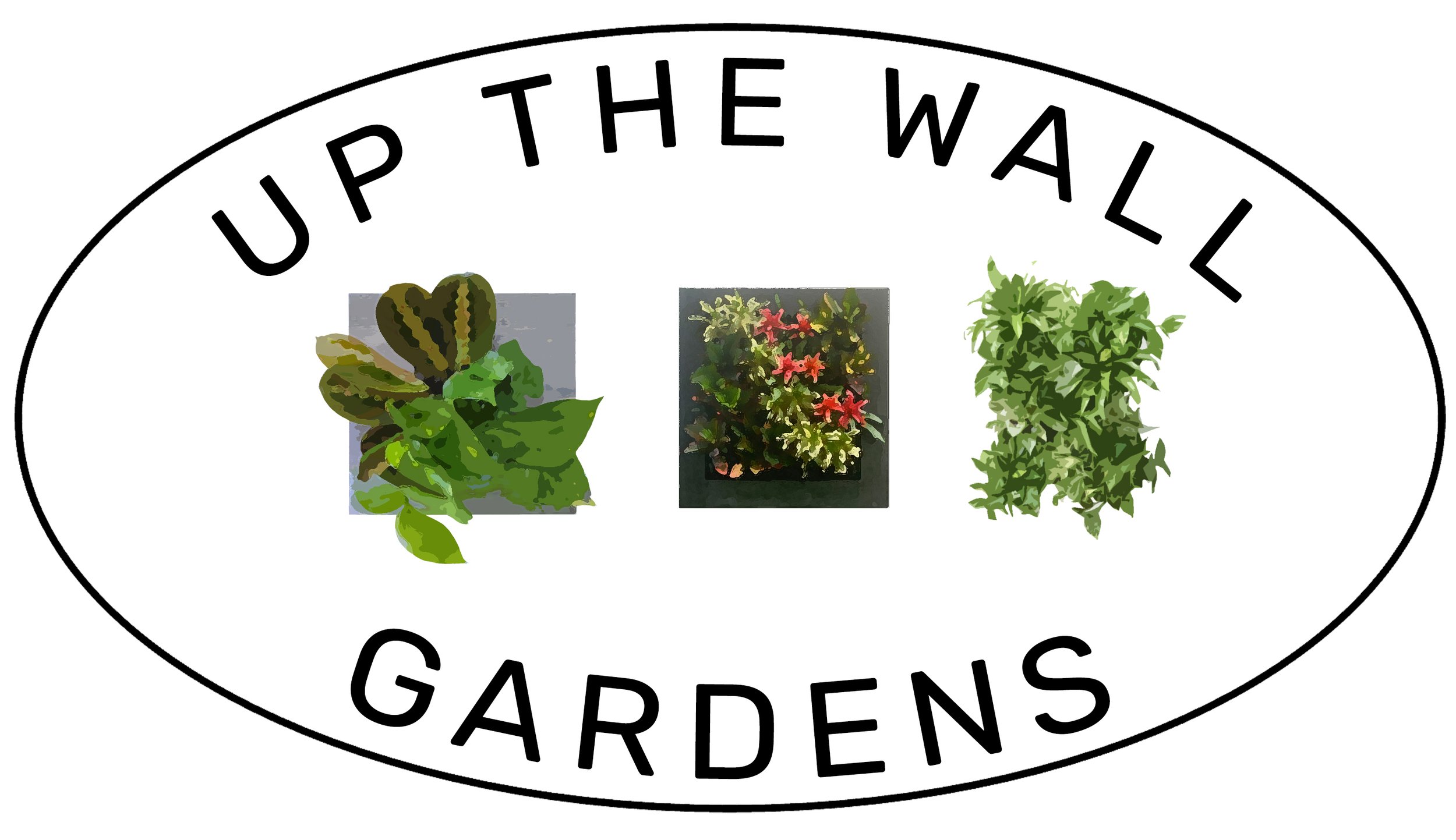Embrace Green Living: Exploring the Benefits of Vertical Wall Gardens
In the realm of urban living, where space is often a luxury, the concept of vertical wall gardens has emerged as a revolutionary solution, transforming barren walls into lush, vibrant landscapes. These living walls, also known as green walls or vertical gardens, are more than just aesthetically pleasing; they offer a plethora of benefits that extend beyond mere decoration. Let's delve into the remarkable advantages that these vertical wonders bring to our spaces and lives.
Enhances Aesthetics and Ambiance
The visual appeal of a vertical wall garden is undeniable. Its cascading foliage and vibrant colors breathe life into otherwise dull or monotonous spaces, instantly uplifting the ambiance. Whether indoors or outdoors, these green installations create a soothing, natural atmosphere that fosters relaxation, reduces stress, and boosts productivity.
Maximizes Space Utilization
One of the most significant advantages of vertical gardens is their ability to maximize space utilization. In urban settings where horizontal space is limited, these gardens ingeniously utilize vertical surfaces, transforming them into thriving ecosystems without encroaching on valuable floor space. They adorn walls of buildings, balconies, and even interior partitions, making greenery accessible in unexpected places.
Improves Air Quality
Vertical gardens act as natural air purifiers, effectively improving indoor and outdoor air quality. Through photosynthesis, plants absorb carbon dioxide and release oxygen, thereby reducing harmful pollutants and volatile organic compounds (VOCs) present in the air. This quality makes them an excellent addition to indoor environments, helping to create healthier, cleaner air for inhabitants.
Regulates Temperature and Reduces Energy Costs
The dense vegetation of vertical gardens provides natural insulation for buildings, helping to regulate indoor temperatures. This insulation effect reduces the need for excessive heating or cooling, thereby lowering energy consumption and associated costs. In urban areas susceptible to the urban heat island effect, vertical gardens mitigate temperature fluctuations, contributing to a cooler microclimate.
Supports Biodiversity and Ecological Balance
Green walls contribute to biodiversity in urban landscapes by providing habitats for insects, birds, and small animals. They offer a sanctuary for various plant species, which in turn attracts pollinators and beneficial insects. Furthermore, these gardens play a role in the conservation of plant species and promote ecological balance within urban settings, fostering a healthier environment for all living beings.
Enhances Well-being and Mental Health
Interacting with nature has proven benefits for mental health and overall well-being. The presence of greenery, even in vertical form, has a calming effect on the mind, reducing stress, anxiety, and fatigue. Whether admired from a distance or tended to up close, nurturing plants in vertical gardens encourages a sense of connection with nature, promoting relaxation and improving mental clarity.
Promotes Sustainable Living Practices
Vertical gardens exemplify sustainable living by employing innovative techniques such as hydroponics or drip irrigation systems, which optimize water usage. Additionally, they contribute to urban green spaces, counteracting the concrete jungle effect and promoting a more sustainable and environmentally conscious way of living.
In conclusion, the benefits of vertical wall gardens extend far beyond their visual appeal. They represent a harmonious fusion of nature and architecture, offering an array of advantages that positively impact our surroundings and well-being. As we continue to navigate urban living, integrating these green installations into our spaces not only beautifies but also enriches our lives in multifaceted ways. Embracing vertical wall gardens signifies a commitment to a greener, healthier, and more sustainable future.
